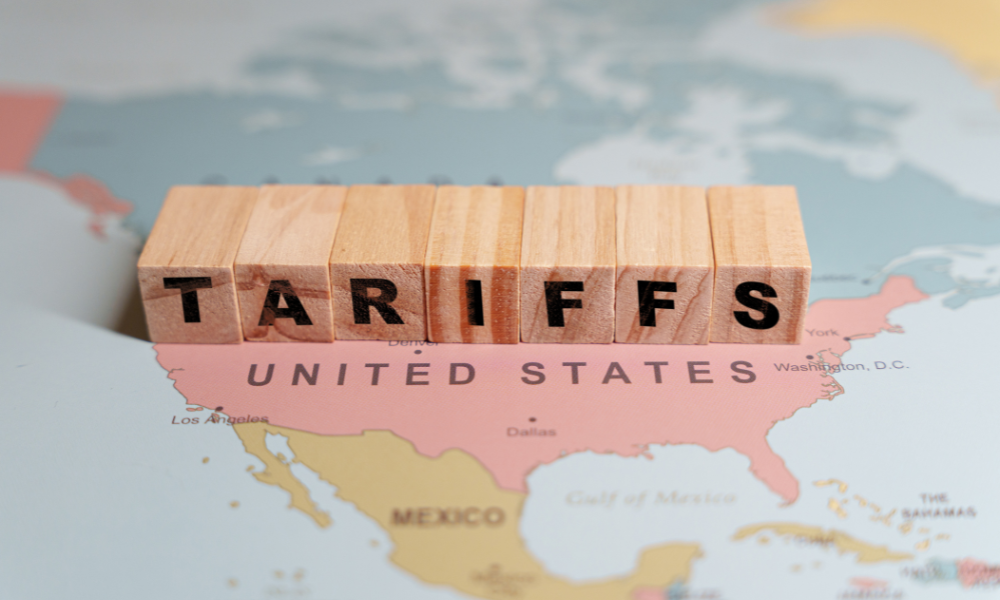With ETFs on track to surpass 2020's record inflow, Mackenzie Investments’ head of ETFs says adding diversification is key

The unique conditions surrounding this inflationary period is a golden opportunity for investors to better diversify their portfolios, according to an industry leader.
WP spoke to Michael Cooke, SVP and Head of ETFs, Mackenzie Investments about the firm’s mid-year ETF report - titled "Top ETF trends for a post-pandemic world" - and some of the challenges and opportunities that lie ahead.
Canadian ETFs, on the whole, continue to be in demand, along with mutual funds, which are also enjoying record inflows. The country's ETF industry is on track to beat its best year of 2020, with $25 billion of inflows in the first five months of 2021 putting it on track to beat the $41 billion benchmark.
Trading volume has increased and Cooke believes that’s down to a number of factors. Firstly, people are feeling better about the future but there has also been a rise in DIY investors highlighted by the meme stock frenzy, while other investors are taking the opportunity to reposition for the months and years ahead in light of the changing market dynamics.
Top of mind, of course, is the so-called “reopening trade”, which reflects what people expect to happen as economies reopen. A big factor in this is the rise in inflation and investors' desire to hedge against it. Through decades of little movement and an associated environment of accommodative monetary policy, investors have been able to take a one-track approach to building diversified portfolios.
However, Cooke beleives we may now be at an inflection point in that, unlike with previous economic shocks, household, corporate and financial sector balance sheets are in a healthy state, something compounded by the cushion of extensive fiscal and monetary stimulus. In addition, there are supply chain disruptions, and the desire of many companies and governments to produce more domestically. All these are inflationary – and central banks have clearly indicated a new tolerance for that scenario.
Cooke said: “Investors should be thinking a little differently about how they bulletproof a portfolio against higher inflation and, perhaps, unexpected inflation. [In our mid-year outlook], we talk about certain asset classes, like inflation-linked bonds, or gold, or bullion, or even floating rate securities, that tend to offer that diversification.
“We don't have crystal balls, so we can't say to what degree inflation is going to become problematic. But all of this is designed to suggest that we should anticipate higher levels of inflation going forward, and this is probably a good time to think about better diversifying a portfolio.”
The ability of ETFs to deliver that across the spectrum of different asset classes makes it the ideal tool, Cooke said, who added that a similar line of thinking should apply to both equity and fixed income. While the start of this year saw a violent rise in rates, these have stabilised and now seem likely to remain low by historical standards.
“But that doesn't remove the need to think about diversifying a fixed income portfolio to achieve more yield, and to reduce risk to look at other countries, both developed and emerging in investment grade and non-investment grade, to build better diversify fixed income portfolios,” Cooke added.
“Both retail and institutional investor segments are seeing more and more utility, and ETFs can help them affect and deploy those views. Cost-effective liquid diversified ETFs can give you instant exposure to a desired market or asset class and help investors, advisors, and institutional investors just build better portfolios.”



